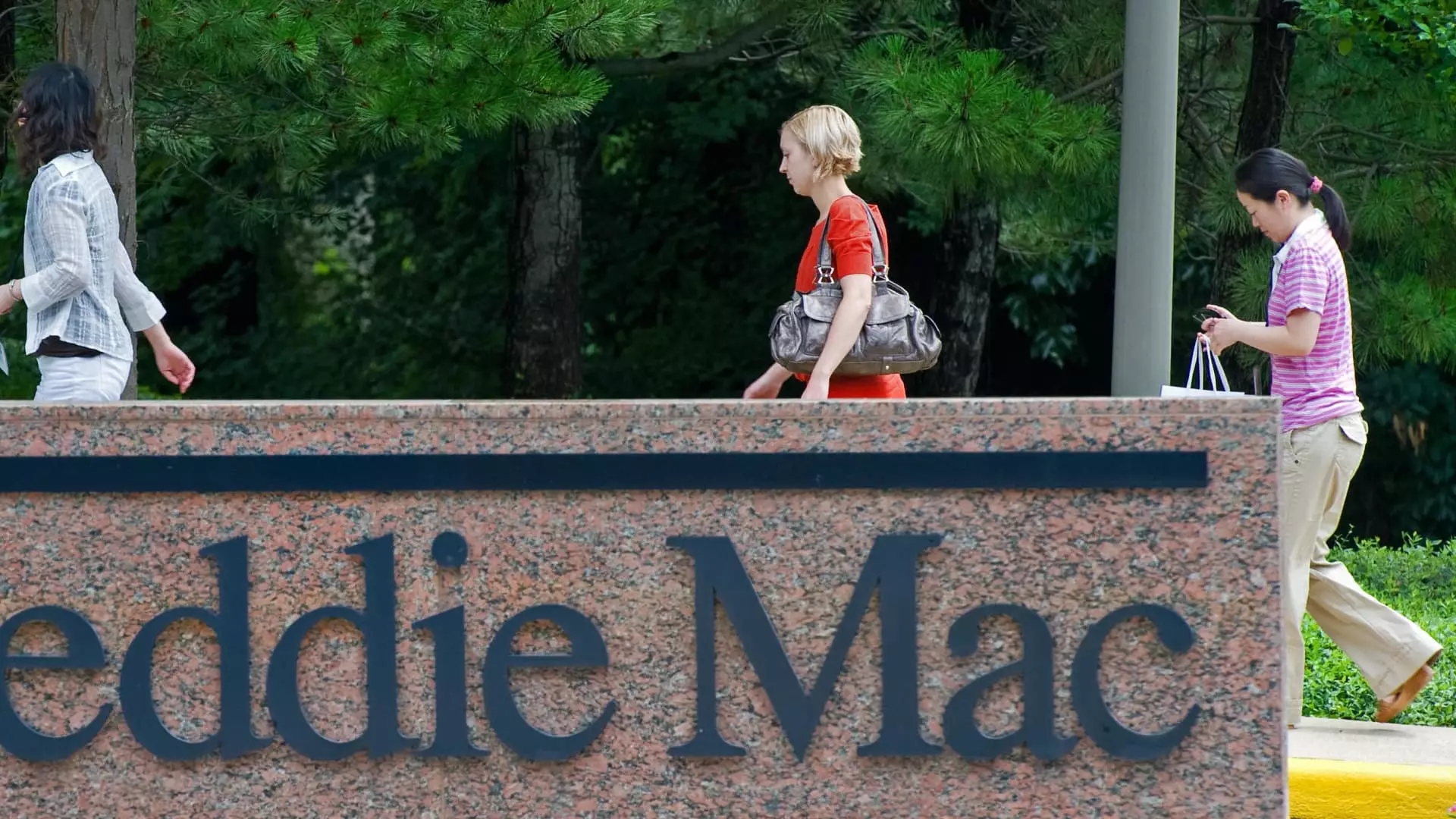The possibility of transitioning Fannie Mae and Freddie Mac from government control to private sector ownership has re-emerged as a topic of discussion during President Donald Trump’s second term. For nearly 17 years, these two significant entities in the mortgage finance landscape have operated under conservatorship, originally instituted to safeguard against the catastrophic fallout of the 2008 financial crisis. This article delves into the complexities and ramifications associated with such a transition, illuminating the profound implications that a shift in policy could entail for the housing market, investors, and the economy at large.
Fannie Mae (the Federal National Mortgage Association) and Freddie Mac (the Federal Home Loan Mortgage Corporation) play a pivotal role in the American housing market, collectively supporting around 70% of all mortgages. They buy housing loans from lenders, offering liquidity, stability, and affordability in the market, primarily through the provision of eligible mortgage-backed securities. However, both enterprises were placed into conservatorship by the Federal Housing Finance Agency (FHFA) post-2008—a response to their entangled fates during the financial crisis, which saw trillions of dollars in lending evaporate virtually overnight.
Governed tightly to prevent a repeat of past mistakes, the GSEs must adhere to stringent protocols that restrict their profit retention and compel them to prioritize market stability over profit-generation. As such, their status has become a mixed bag, providing essential stability but limiting their operational flexibility. This context is critical to understanding the stakes involved as we consider their potential release from government control.
Proponents of selling Fannie Mae and Freddie Mac into the private sector argue that privatization could free these institutions from government bureaucracy, allowing them to operate more efficiently and innovate within the mortgage industry. Such supporters posit that private ownership could lead to increased competition and greater capital flow into housing finance, potentially facilitating homeownership for many Americans.
However, advocates recognize that transitioning away from government support poses nontrivial risks. Absent the backing of the government, which currently shields lenders and the entire home financing ecosystem from substantial losses, there’s a strong possibility that mortgage rates may spike. Mark Zandi, chief economist at Moody’s Analytics, underscores this risk, noting that higher rates would emerge as investors demand increased returns to compensate for elevated risks associated with GSEs no longer having government backing.
The resultant increase in mortgage rates carries severe ramifications for prospective homebuyers and the broader economy. Elevated borrowing costs could stymie access to housing finance for many, thereby limiting the economic mobility of countless American families. With a rising percentage of homebuyers opting for all-cash transactions—reportedly climbing to 26% in 2024, the highest on record—those reliant on mortgages may find themselves increasingly edged out of the market.
Moreover, as Susan Wachter, a prominent professor of real estate at the Wharton School of the University of Pennsylvania, warns, navigating the complex, multi-agency process necessary to facilitate this shift will demand extraordinary precision. The unpredictable nature of this undertaking raises valid concerns over its success. There is a palpable apprehension among economic analysts that if mishandled, the fallout could provoke a renewed crisis within the housing market, exacerbating instability globally.
With the potential privatization of these GSEs, stakeholder dynamics will also likely undergo significant transformations. Investors currently holding mortgage-backed securities would face new realities in a post-conservatorship context. This shift could compel them to recalibrate their strategies, with interest rates adjusting to reflect the heightened risks associated with the ‘new normal.’
Notably, while the shareholders of Fannie Mae and Freddie Mac stand to benefit from potential gains should privatization occur—driven in part by their aggressive push for a change—the broader implications remain divergent. Zandi’s assertion that a shift would be detrimental to taxpayers and the housing market resonates loudly amid these discussions, emphasizing that the resultant economic landscape post-privatization might ultimately yield more losers than winners.
Despite discussions within the Trump administration and expressions of intent to explore privatization, experts maintain skepticism regarding its feasibility. The myriad of legal, logistical, and political hurdles, coupled with the complex interplay between various entities involved, render this endeavor fraught with challenges. Experts increasingly caution against any rush toward transition, arguing that a prudent approach necessitates meticulous planning and stakeholder engagement.
While the prospect of privatizing Fannie Mae and Freddie Mac presents intriguing opportunities for market enhancement and competitive innovation, it is intrinsic to meticulously consider the associated risks and long-term implications. As we navigate this multifaceted issue, the discourse underscores the delicate balance necessary to foster a stable housing market without compromising accessibility for future generations. The potential economic fallout from an ill-fated transition must not be underestimated, as it may reverberate through countless lives and the broader economy for years to come.

